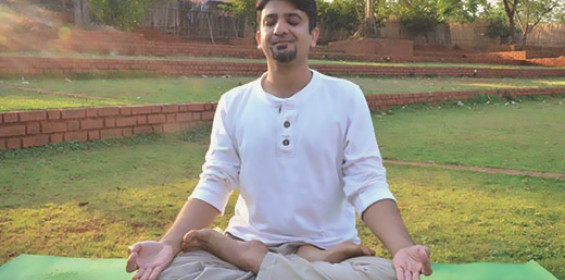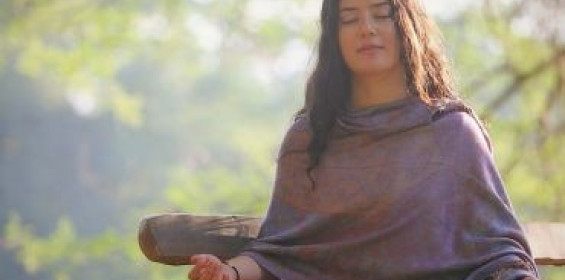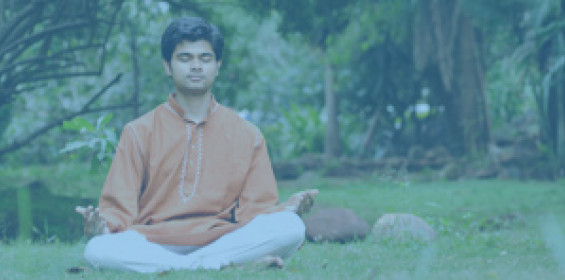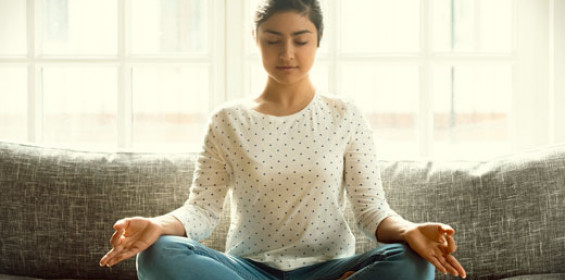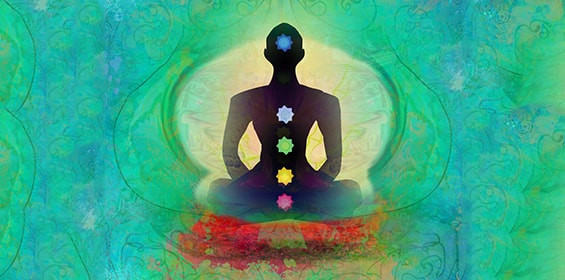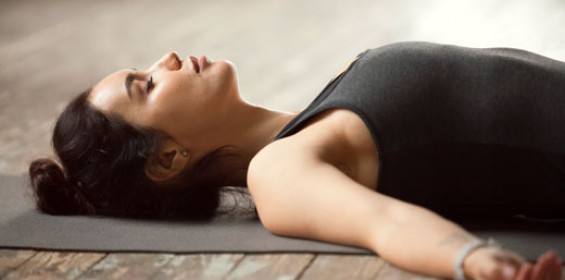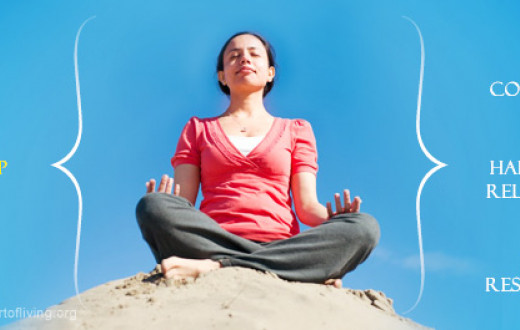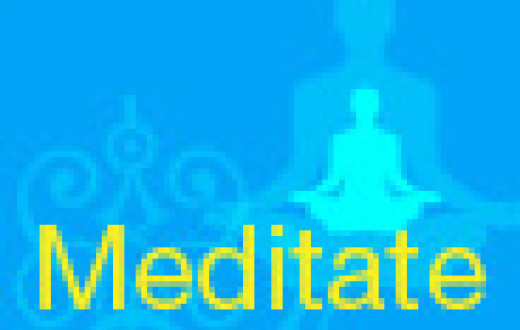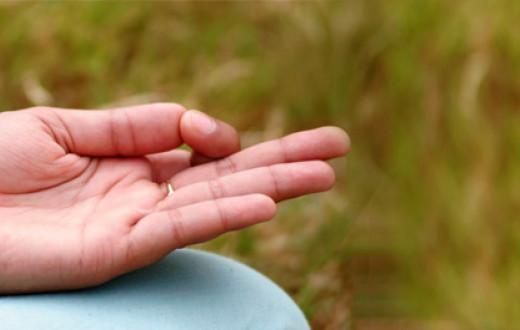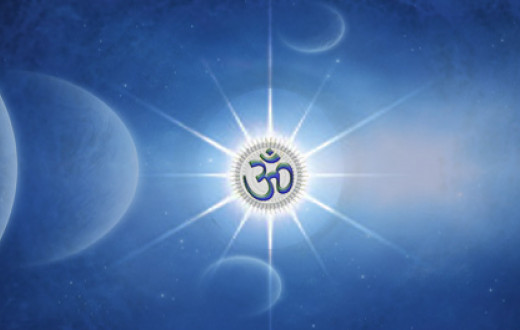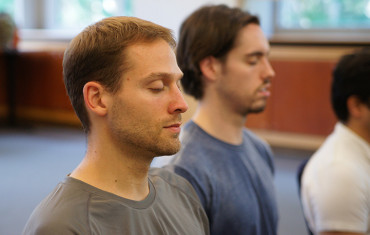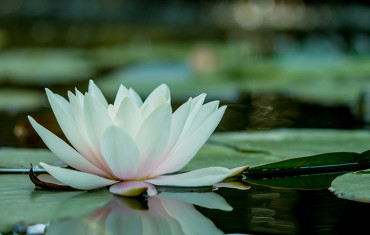Which of these types of meditation is the best for you?
Stress is unavoidable, both at work and in your personal life. Perhaps you’re working for a promotion, or you’re buying your first house, or dealing with a difficult boss or a demanding family life. While all of these life challenges are exciting, they also create much stress and restlessness. One of the most effective and powerful ways to relieve the pressures of life is through a few minutes of meditation every day. Meditation gives the mind a deep rest, and the deeper we can rest, the more lively, energetic, and proactive we become.

Join a Free workshop on Yoga, Meditation and Breath
What is meditation?
Meditation is the process of achieving a mind free of agitation. It’s when you are in the present moment, there is no hesitation about or anticipation of what is coming next, and the mind returns to its natural state of peace and joy.
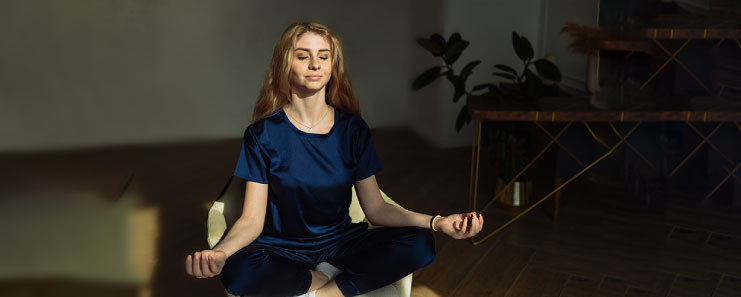
Meditation is the delicate and effortless art of doing nothing. Beyond all the chatter and noise in our mind, there is a silent, peaceful, blissful, beautiful space that exists in all of us, a place that is intact and unbroken. Turning our attention to this silent chamber brings relief both from the intrusiveness of outer affairs and from the incessant voices chattering within us. This silence cleanses the mind, giving it a much-needed rest, and making room for better perceptions and new ways of looking at life and its challenges.
What are the types of meditation for beginners
1. Guided Meditations
2. Mantra Meditation
3. Panchkosha (Body Scan) Meditation
A few things first:
- Keep your practice simple
- The important thing is making time every day to sit, breathe, let go, and connect with the Self.
- It’s best to learn from a qualified teacher who can help guide you on your journey to inner bliss.
1. Guided meditations
For beginners, the easiest way to meditate is to take part in a guided meditation. In this, the meditator just has to find a relaxed corner with no distractions, a comfortable place to sit in, and their choice of guided meditation. The teacher leading the meditation will guide you through the process and you have to follow their instructions lightly.
Going into meditation by oneself is a big ask of any beginner and you can get confused whether you’re doing it right or not. A guided meditation takes away the guesswork and doubts, leaving you with the relaxing experience of the act itself.
During the meditation, the teacher could ask you to focus on your thoughts, emotions, body parts, the space surrounding you, sounds in the environment, or even the sun and moon. The basic idea is for the mind to take a step back from the cacophony of thoughts that it is stuck in and focus elsewhere. The teacher could keep changing the object to keep the mind engaged and relaxed.
Guided meditations are the easiest way to get into the practice of meditating. You can pick a different one to do every day. Here is a good place to start if you’re looking for a guided meditation.
2. Mantra meditation
Every sound we make is a vibration. The words we utter, the sentences we speak, they are all vibrations. We have seen the impact of good and bad words on our consciousness. Mantras are repetitions of powerful syllables that create positive energy when they are repeated at a certain frequency. Almost all Oriental cultures have the practice of meditating on mantras or chants.

Meditating on mantras is as simple as doing guided meditations. You can select a particular chant that you prefer and just sit in a relaxed posture. When the mantra is being chanted, you simply have to relax and let your mind experience the effect of those vibrations. It is quite akin to sitting on a beach and letting the waves wash your feet again and again.
You can also chant along with the mantra and experience the change in your state of mind pre and post the meditation. If you’re looking for easy mantra meditations, this is a good place to start.
Sahaj Samadhi meditation
“Sahaj” means effortless, and “Samadhi” means a state of equanimity or bliss. As the name suggests, this is an easy, enjoyable, and effective meditation technique.
Though it involves no effort, this ancient and rare type of meditation brings a profound effect. Each practitioner is given his or her personal mantra, or a sound, and is taught how to use it to go deep into the meditation to experience profound inner peace and bliss. Both your mind and body relax into a state of intense restfulness in which deeply-rooted stresses dissolve, and the experience of one’s own infinite potential for peace, joy, and creativity unfolds.
3. Panchakosha (body scan) meditation
Panchakosha or the body scan meditation is a common meditation practiced by many groups. It is a form of guided meditation where the teacher will ask you to take your focus on different parts of your body. As the mind moves through the whole body, there is an experience of relaxation that soothes your consciousness. From there, the teacher will then lead you to become aware of your thoughts, emotions, back to thoughts, and then again to the body at the end.

This multi-layer meditation is one of the most powerful practices as it covers every aspect of your conscious self. Trusted by beginners and advanced practitioners alike, Panchakosha meditation is an experience that you must have.
Some tips for beginners
When you are first starting your meditation journey, you may find the process of quieting the mind very difficult and may conclude that achieving the thoughtless state is impossible. But it is not. It may take some time to reach that point, but that’s one reason it is called “practice”.
Meditation, the seventh limb of the eightfold path of yoga, is a very ancient tool that has been practiced for thousands of years across various cultures for different purposes like stress relief, health benefits, spiritual progress to enlightenment.
As Gurudev Sri Sri Ravi Shankar says: "Every day you brush, that is dental hygiene. Similarly, every day you meditate, that is mental hygiene.” Before meditating, start with some warm-ups, yoga postures, and breathwork. Our breath and emotions are very strongly connected, and slow, gentle, effortless breathing can help calm the mind by reducing the feelings of stress and anxiety. Find some more useful tips here.
Based on inputs by Sejal Shah, E-YRT 500 Sri Sri Yoga Teacher, YACEP, Art of Living Teacher, NYU Post Graduate Medical School approved Yoga-CME retreat facilitator, Mind-Body Wellness Writer, Homeopath

